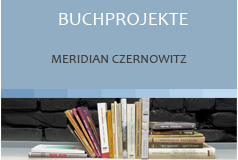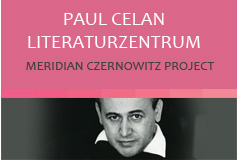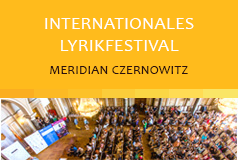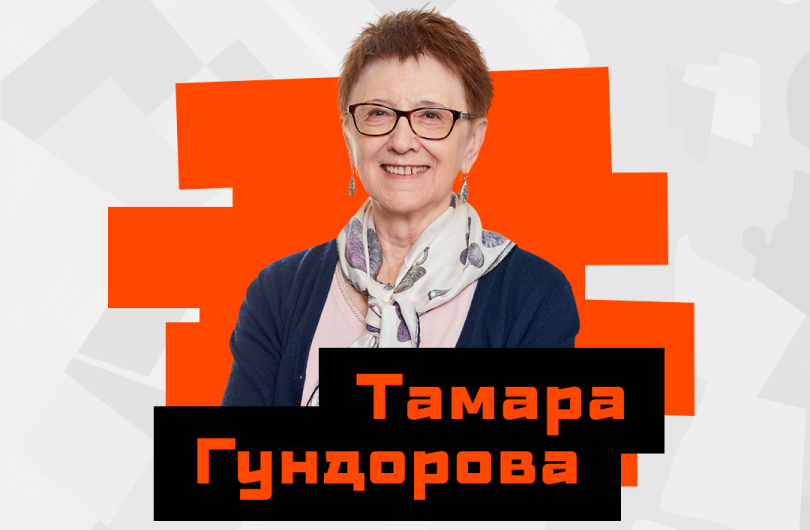Upward roots and the fear of migration
I never imagined I’d become a „displaced person”–or rather, a „refugee.“ The term itself doesn’t offend me, but the concept seemed so far removed from my reality. I had a fulfilling job, a cozy apartment, loving family and friends, and the city I adore, Kyiv. While I love to travel, my heart was always rooted in my hometown. I felt confident that, no matter how far I roamed for an internship or conference, I could always return to my familiar surroundings like a hermit crab in its shell.
Suddenly one morning in March 2022, I was forced to leave my home, unsure as I locked my front door when or if I’d be back. I missed my cluttered desk with its open books and scattered papers in those early weeks. The day before the start of the invasion, I had sent the manuscript of my book on Lesya Ukrainka to Iryna Shchukina, the head of the museum dedicated to her, hoping for feedback and corrections. The waiting game began as the editing process neared its end, and I looked forward to the release of my new book, eager for a moment of reprieve.
Two weeks later, I found myself in Munich unexpectedly. The invitation and arrangements were made quickly, thanks to colleagues at Ludwig-Maximilians University. They settled all the necessary formalities and even found accommodation for me. But that time, I arrived in Munich, which I had already been to many times, as a different person, stepping into the river of migrant and immigrant history. The Munich of March 2022 merged with the post-war Munich of the 1940s. Recently, I’ve been fascinated by the history of the 1946-48 Ukrainian Art Movement, a powerful and undervalued movement in post-war Germany’s displaced persons camps, which Ulas Samchuk referred to as the planet DP. Munich was one of the symbolic centers of this world.
While working on the biography of Yuri Shevelyov (also known as Sherekh), I delved into his discussions with Arnold Toynbee on occidentalism and explored magazines and newspapers published in displaced persons camps. This helped me immerse myself in the atmosphere of post-war Munich and see it as the city of Ukrainian emigrants. In my mind, Munich was a partially documented but more fictitious picture of a war-torn Bavarian city. My mental map was filled with textual impressions, such as the green Isar river of memory from Yuri Kosach’s novel Aeneas and the Lives of Others, the anonymous antiquarian’s wanderings through the city’s labyrinths in Emma Andievska’s Herostratus, and the grotesque stories of loss of identity in Ihor Kostetsky’s works.
It was intellectually vital for me to understand that the displaced persons camps were the birthplace of a new Ukrainian identity and culture. Ukrainian emigration during this time influenced the cultural growth of Ukrainians in the years to come, leading up to independence. One of the key concepts that emerged was the idea of migration as rootlessness. Until then, migration was not a central concern in Ukrainian emigrant circles–the Prague emigration was focused more on the past than the future. Yuri Shevelyov saw rootlessness as a defining characteristic of the twentieth century, and by doing so, he linked his own experiences and those of post-war Ukrainian migration to the history of modernity.
“The problem of rootlessness is perhaps the most characteristic problem of the twentieth century. (…) All the historical processes of our time seem to be specifically aimed at depriving man of his native soil,” he wrote in 1950 in Lund, Sweden, where he had just moved from the planet DP. He talked about how this topic connects the mood and theme of Mykhailo Kotsiubynskyi’s brilliant novel On the Stone (1902) and Rossellini’s film Stromboli, Land of God (1950), a vivid example of Italian neorealism, which has just appeared in cinemas. For Shevelyov, they touched on the same theme, central to time. He spoke of people and entire nations’ “experience of uprooting from the soil” caused by the rule of empires and war. He wrote about the “fear of war” that permeated humanity and asserted that modern fear included “an important and typical component for our time: the fear of losing ground.” It meant “the fear of being blown off the ground. Fear of starting everything, literally everything over and over again. This is if new soil is found. And what if it won’t be?”
Shevelyov’s thoughts on migration were not just theoretical, but also deeply personal and meaningful to him. He reflected on the experiences of the over one million displaced persons in Germany and Austria after the Second World War, including himself. His perspective on migration was rooted in fear and a sense of losing one’s roots, which can be contrasted with the current concept of “existential migration” where people actively seek new opportunities and experiences around the world. We live in an era of transnational migrations, when displacement becomes voluntary or desirable, and rootlessness itself becomes a symbol of globality. In this context, Shevelyov’s views may seem outdated and typical of the modernist era of the early twentieth century.
But it’s more complex than that, especially when we go from being a philosopher or an observer to a living person who has been displaced from their homeland by war–this time, the Russian-Ukrainian one. We often talk about immigrants as objectified entities and less about their subjective experiences. However, it’s in the very essence of a person’s existence as an immigrant–characterized by alienation and relocation–where fear and homelessness reside. Post-war Germany came to understand this unique ontological state of being, and Shevelyov documented it based on his personal experience and from within his own being.
The fear of forced relocation, a feeling I experienced fully, resonated profoundly and overlapped with the experiences recorded by intellectuals such as Yuri Shevelyov, Yuri Kosach, and Viktor Petrov–the repetition of torn existence, uprooting, and suspension between being and non-being. While in Munich, I went in search of traces of the past to experience them. I wanted to understand–no, I wanted to learn to live in this world of fleeting existence and time. I often told my friends that it seemed like I had fallen out of time and that it flowed separately from me and I did not feel it. Only the flowing green waters of the Isar river seemed like a tangible connection to existence.
My vision doubled as I sought out remnants of the past, intersecting with the present. This was all provoked by being in Munich, where the Ukrainian Free University began operations in 1945, where Shevelyov defended his second dissertation (the first was in Kharkiv), where Viktor Petrov, Volodymyr Derzhavin and a group of Ukrainian professors and scientists taught, and where Kosach wrote a German-language history of Ukrainian literature of the twentieth century. Munich came alive for me through the pages of the greatest novel about emigration from that time, Kosach’s Aeneas and the Lives of Others. To me, it’s the gospel of 1940s immigration and the Ukrainian version of Joyce’s Ulysses transported to mid-20th-century post-war Europe.
I attempted to imagine life for those in the 1940s and tried to visualize the world around them. I would examine buildings, trying to determine if they existed back then and what they might have looked like. While strolling in the English Garden, I’d pause to admire old trees, especially those that had been scarred, imagining if they were there in the park’s past and if Petrov, Kosach, Shevelyov, and Kostyuk walked beneath them. Seeing young and healthy swimmers in the Isar reminded me of Shevelyov’s story about German scouts on a lake in Bavaria. I pictured the mornings in Munich then, the “music of the Munich morning,” as Shevelyov described it, with “the wooden rhythm of raised blinds” in homes. Blinds continue to be a distinctive feature of Munich today.
They say you can never step into the same river twice, and today’s immigrants are vastly different from those fleeing the Second World War. Yet, there is a common thread–the subjective experience of being uprooted, the loss of a sense of place. Shevelyov referred to this as being “rooted out,” like one’s roots are suspended in the air. This concept is captured in Yakiv Hnizdovskyi’s illustration for Viktor Domontovych’s novel Doctor Seraphicus another tale of rootlessness.
Translated by Yulia Lyubka and Kate Tsurkan











